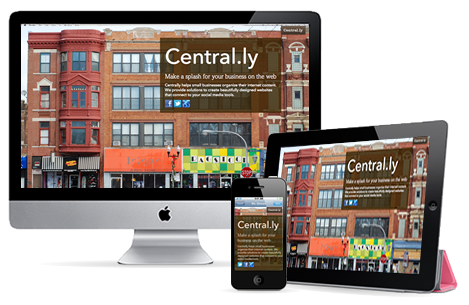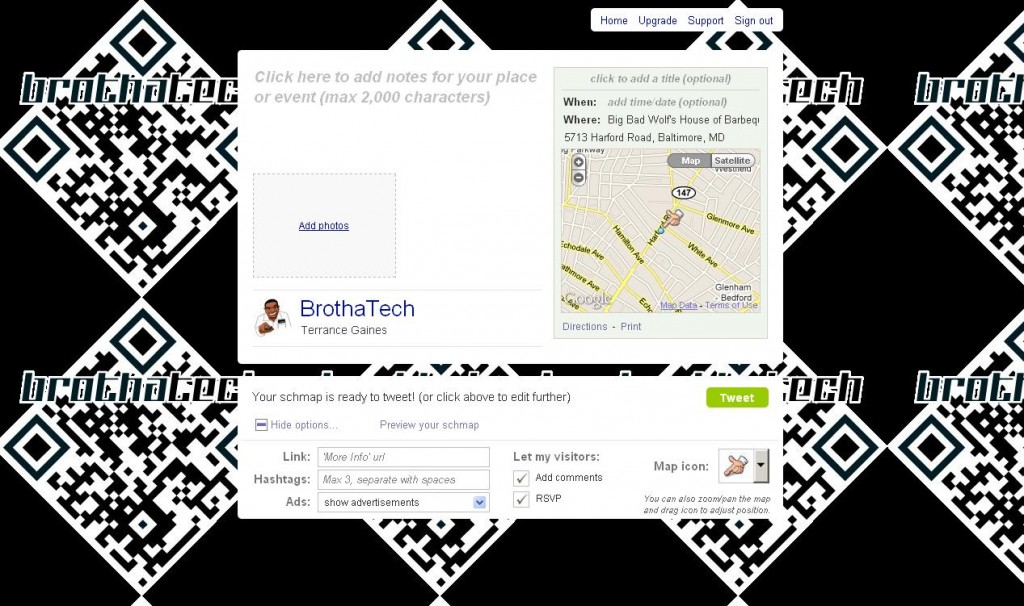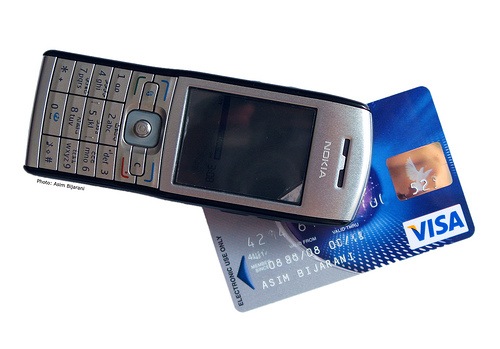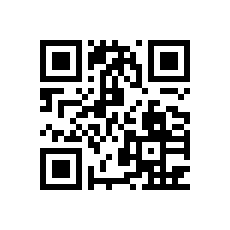Google’s acquisition of social media marketing firm Wildfire gives Google inside access to the analytics of some of their biggest competitors, most notably Facebook.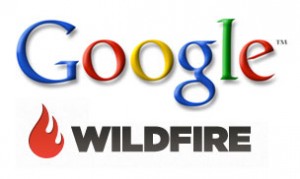
Wildfire is social media marketing company with 16,000 customers across a wide variety of brands. Companies use Wildfire to create social assets, like customized Facebook apps, and drive user engagement through social media marketing campaigns. As part of their suite of tools they offer engagement metrics and analytics designed to let marketers optimize their messaging for the best results.
Given that Wildfire has said they will continue to operate just as they always have, that means Google now has access to an unprecedented amount of data about how users engage with brands across social platforms, including LinkedIn, Twitter, Pinterest and especially Facebook.
To be able to see how consumers use these services is an inside look at how these services work, and a unique vantage point for Google to predict new product developments based on current reactions, success, and feedback. After all, imagine if Facebook could see inside the social graph of Google+: they’d be able to copy what works there, while avoiding obvious pitfalls.
Perhaps this is Google’s strategy to try to beat Facebook at their own game by replicating what works at Facebook within Google+. Or maybe this is a vote of no-confidence in Google+ as executives realize they need to own social and their own network just isn’t going to cut it. Either way, Google just learned even more about you – and your potential customers.
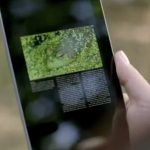

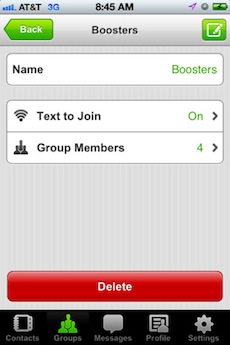
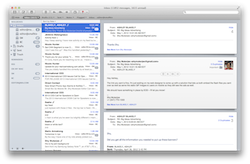 I love social media, I really do. Instagram, facebook, foursquare, and tumblr; these apps are some of the coolest available for our handhelds. But it’s interesting to think about how all this communication would likely not be there if it weren’t for their big brother: email.
I love social media, I really do. Instagram, facebook, foursquare, and tumblr; these apps are some of the coolest available for our handhelds. But it’s interesting to think about how all this communication would likely not be there if it weren’t for their big brother: email.

